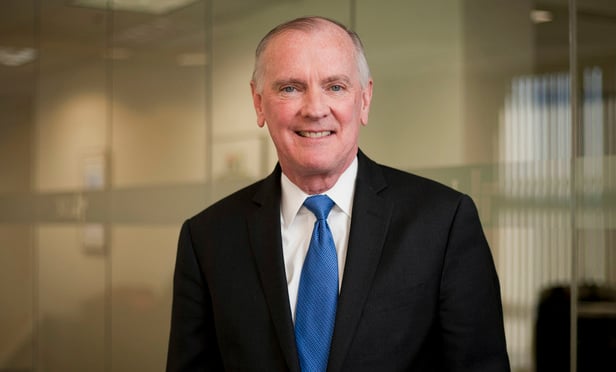“I think we have a legal system today that isn’t working for large numbers of people,” said James Sandman, president of the Legal Services Corporation (LSC). Many statisticians would agree. According to LSC, the turn away rate of legal aid programs is somewhere between one-half and two-thirds of eligible people who actively seek them out. Meanwhile, it reports, only 20 percent of low-income people have their legal needs met.
Is technology the answer to close the justice gap? As the keynote speaker of the CodeX FutureLaw Conference at Stanford Law School on May 20, Sandman proposed a future where legal technologists not only develop new technologies to help low-income people, but also reach out beyond the usual silos of the legal and IT departments to new allies. The speech was titled, “The Technology Revolution, Lawyers, and Courts: Why So Slow? And How Can We Accelerate Change?”
This content has been archived. It is available through our partners, LexisNexis® and Bloomberg Law.
To view this content, please continue to their sites.
Not a Lexis Subscriber?
Subscribe Now
Not a Bloomberg Law Subscriber?
Subscribe Now
LexisNexis® and Bloomberg Law are third party online distributors of the broad collection of current and archived versions of ALM's legal news publications. LexisNexis® and Bloomberg Law customers are able to access and use ALM's content, including content from the National Law Journal, The American Lawyer, Legaltech News, The New York Law Journal, and Corporate Counsel, as well as other sources of legal information.
For questions call 1-877-256-2472 or contact us at [email protected]



